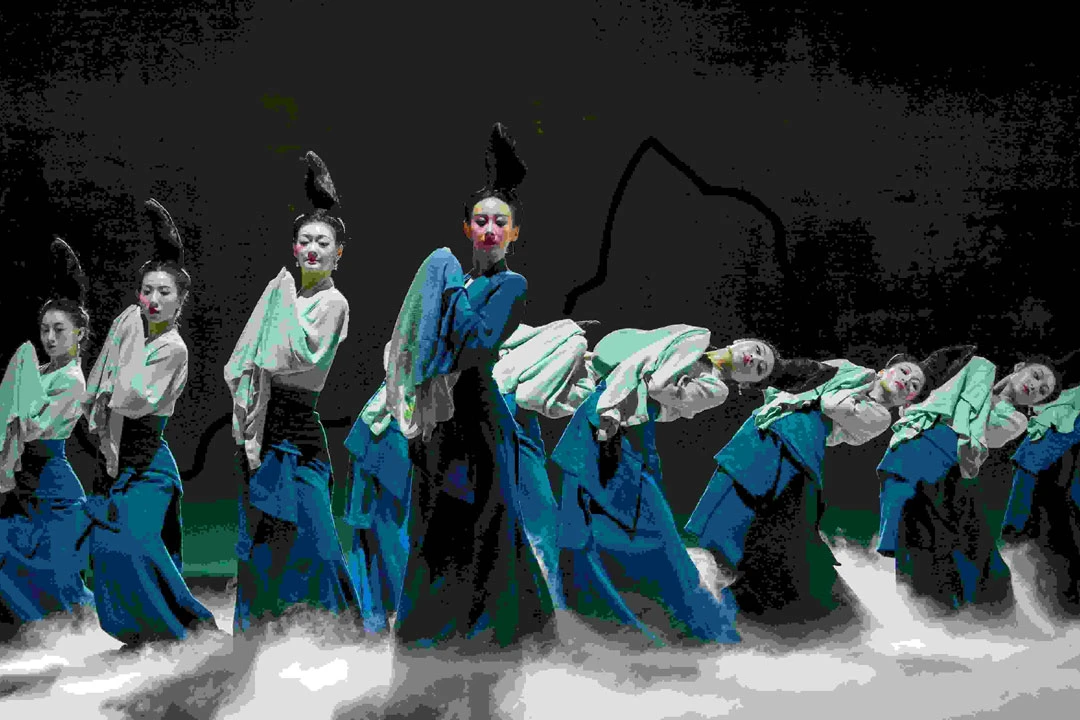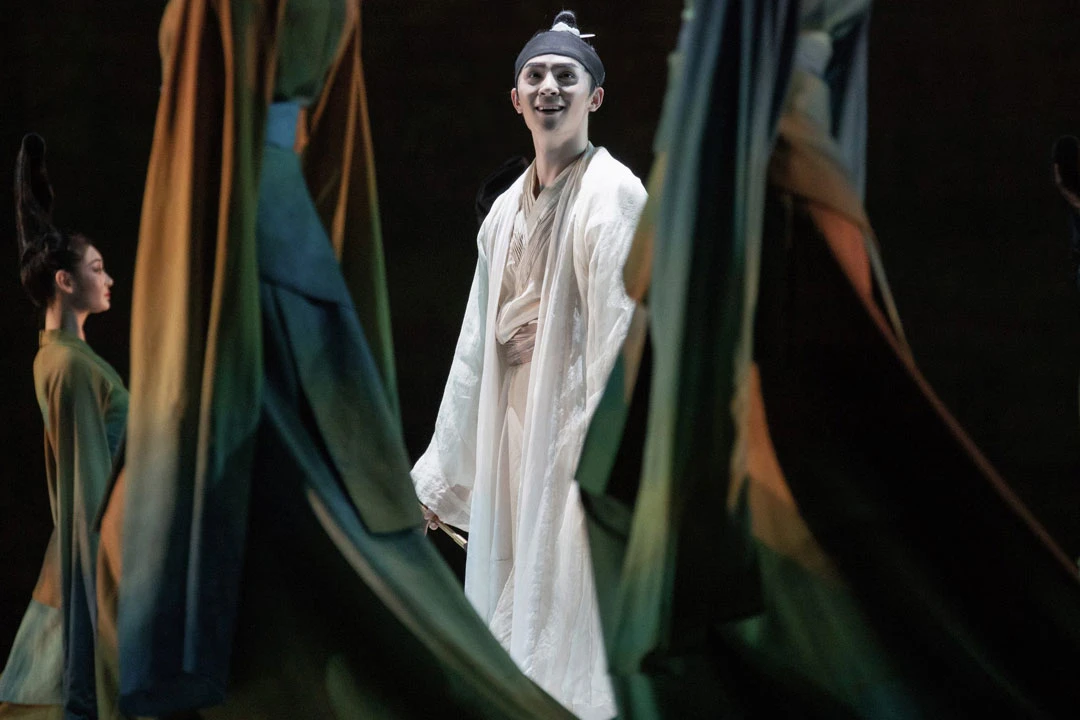From Stage to Screen: The Metamorphosis of a Cultural Phenomenon
In the realm where traditional artistry meets cutting-edge cinematography, a new cinematic experience is poised to captivate audiences this National Day holiday. "Only This Verdant Hue," (只此青绿) a film adaptation of the critically acclaimed dance-drama of the same name, promises to transport viewers across a millennium into the heart of one of China's most treasured artistic masterpieces.
The movie, inspired by the Song Dynasty landscape painting "A Thousand Li of Rivers and Mountains," (千里江山图) aims to breathe life into the static brushstrokes of this ancient artwork. This painting, a jewel in the crown of the Palace Museum's collection, has been viewed by the public only four times in the past century, shrouding it in an aura of mystery and reverence.
As the film's tagline suggests - "Nameless and unsigned, just this one scroll, green for a thousand years, mountains and rivers without end" - the project is an ambitious attempt to unravel the story behind the creation of this monumental work. The narrative follows a young court painter, Xi Meng, as he embarks on the herculean task of capturing the essence of China's vast landscapes on a single scroll.
The transition from stage to screen has allowed the creators to expand their artistic vision. While the original dance-drama captivated audiences with its live performances, the film adaptation promises to break the fourth wall, offering viewers unprecedented access to the painted world. Through the lens of the camera, audiences will be invited to not only observe from afar but to "wander through the clouds" within the painting itself.
This cinematic journey is more than a visual spectacle; it's a deep dive into the heart of Chinese aesthetics and craftsmanship. The film meticulously explores the creation of the painting's materials - from the intricately woven silk to the carefully prepared pigments. By showcasing these traditional techniques, many of which are now considered intangible cultural heritage, the movie serves as a bridge between past and present, highlighting the enduring legacy of Chinese artistry.
Bridging Millennia: How Modern Cinema Revives Song Dynasty Artistry
The dance-drama that inspired the film has been nothing short of a cultural phenomenon. Since its debut at the National Center for the Performing Arts in Beijing in 2021, it has traversed over 70 cities, with more than 550 performances, each met with sold-out crowds. Its accolades include the prestigious Wenhua Award and recognition in the State Council Information Office's white paper on Chinese youth. The production's reach extended globally, serving as a cultural ambassador and igniting a renewed interest in traditional Chinese aesthetics worldwide.
As the film prepares for its national release, it carries the weight of this legacy while promising to elevate the experience through the magic of cinema. The creative team, including the "twin stars" of the dance world, Zhou Liya and Han Zhen as co-directors, along with a cast led by Zhang Han, Meng Qingyang, and Xie Suhao, aims to create a seamless blend of historical narrative and visual poetry.
The movie's potential to spark a new wave of cultural enthusiasm, dubbed the "green tide," speaks to a broader trend in Chinese entertainment. There's a growing appetite for content that celebrates the nation's rich cultural heritage while presenting it through a contemporary lens. "Only This Verdant Hue" stands at the intersection of this trend, offering a fusion of traditional art forms with modern filmmaking techniques.
What sets this project apart is its commitment to authenticity combined with imaginative storytelling. By focusing on the human elements behind the creation of a masterpiece - the dedication of the artist, the skill of the artisans, and the vision of a dynasty - the film humanizes what might otherwise be seen as a distant historical artifact. It invites viewers to consider the timeless nature of artistic pursuit and the power of cultural legacy.
Moreover, the film serves as a reminder of the ongoing efforts in art conservation. By highlighting the work of modern-day researchers and conservators, it draws a line of continuity from the Song Dynasty to the present, emphasizing the role each generation plays in preserving cultural treasures for the future.
As "Only This Verdant Hue" prepares to unfurl across cinema screens, it carries with it the hopes of not just entertaining, but educating and inspiring. It challenges viewers to look beyond the surface of a renowned artwork and consider the stories, techniques, and philosophies woven into its very fabric. In doing so, it aims to ignite a passion for traditional culture among younger generations, encouraging them to become stewards of their heritage.
The film's release during the National Day holiday is symbolic, offering audiences a chance to celebrate their cultural identity through a shared cinematic experience. It presents an opportunity for families to bridge generational gaps, sparking conversations about art, history, and the enduring spirit of Chinese civilization.
As the curtain rises on this ambitious project, "Only This Verdant Hue" stands as a testament to the power of art to transcend time and medium. It challenges the boundaries between different art forms, between past and present, and between preservation and innovation. In bringing a thousand-year-old painting to life on the big screen, it invites audiences to see their cultural heritage with fresh eyes and to find new relevance in ancient wisdom.
This National Day, as viewers step into theaters to experience "Only This Verdant Hue," they will be doing more than watching a film. They will be participating in a cultural journey, one that stretches across centuries and speaks to the very essence of Chinese artistic expression. In the verdant landscapes that unfold before them, they may just discover a new appreciation for the timeless beauty of their nation's cultural tapestry.


